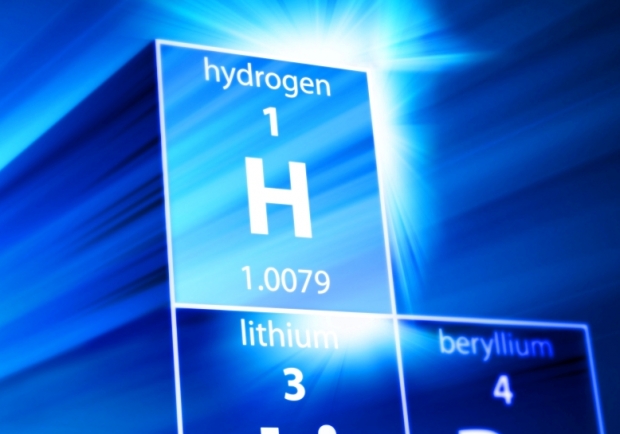The resulting storage density is an unparalleled 1.2 petabits per square inch -- 1,000 times greater than current hard disks and solid state drives, and 100 times greater than Blu-ray. The researchers, led by PhD student Roshan Achal and physics professor Robert Wolkow, built on a technique previously developed by Walkow that used the tip of a scanning tunneling microscope (STM) to remove or replace individual hydrogen atoms resting on a silicon substrate.
The inconceivably small dimensions allow for an astounding data storage density of 1.1 petabits (138 terabytes) per square inch. By comparison, a Blu-ray disk can "only" store about 12 terabits of data in the same area (one hundredth the data density), while both traditional magnetic hard drives and solid-state drives store somewhere in the region of 1.5 terabits per square inch (a thousandth of the density).
Achal said this could allow massive data bases on a surface the size of a coin.
Achal and his team demoed the technology by creating a 192-bit cell, which they used to store a simple rendition of the Super Mario Bros video game theme song. To show the rewrite capabilities, the scientists also created an 8-bit memory cell which they used to store the letters of the alphabet one by one, represented via their respective ASCII codes.




